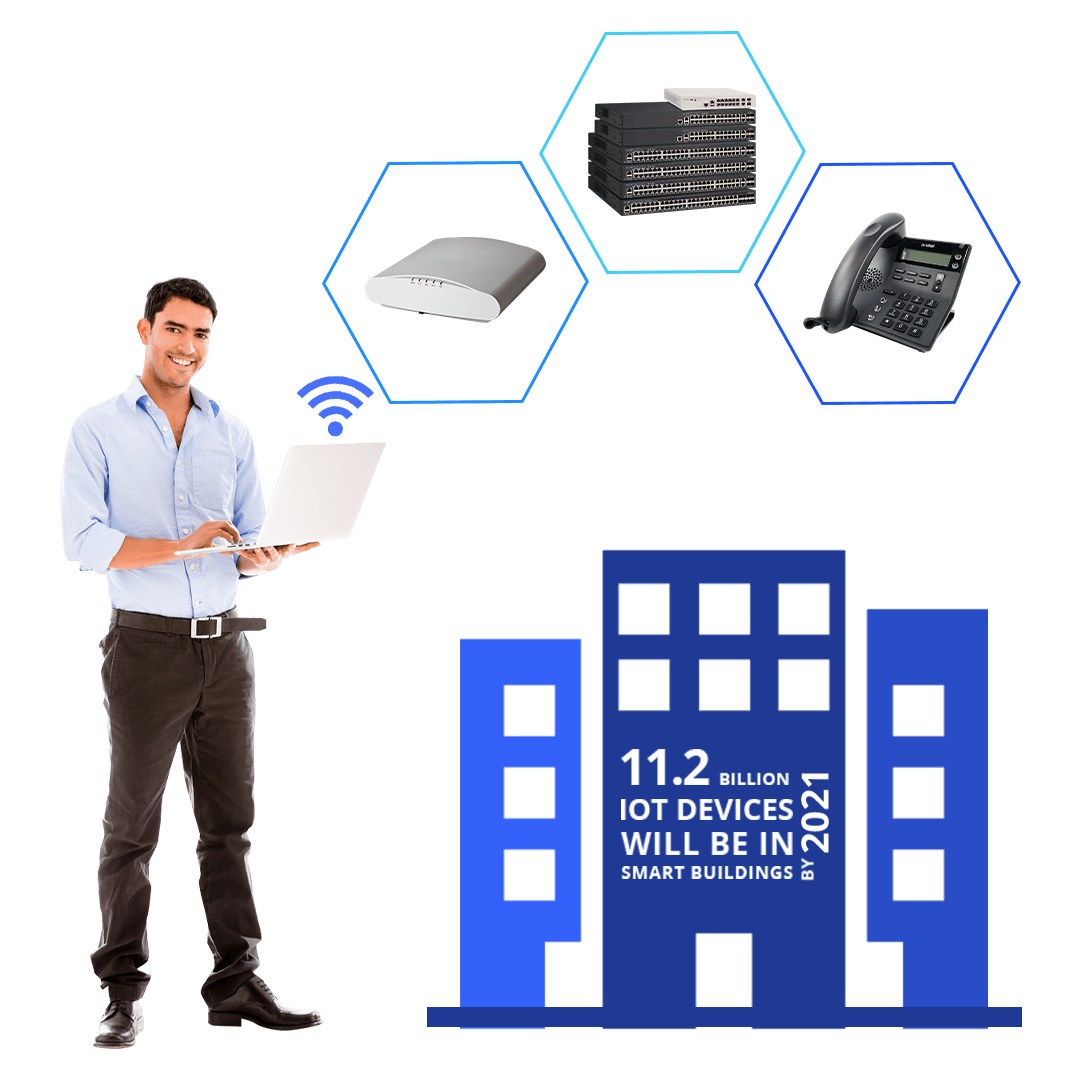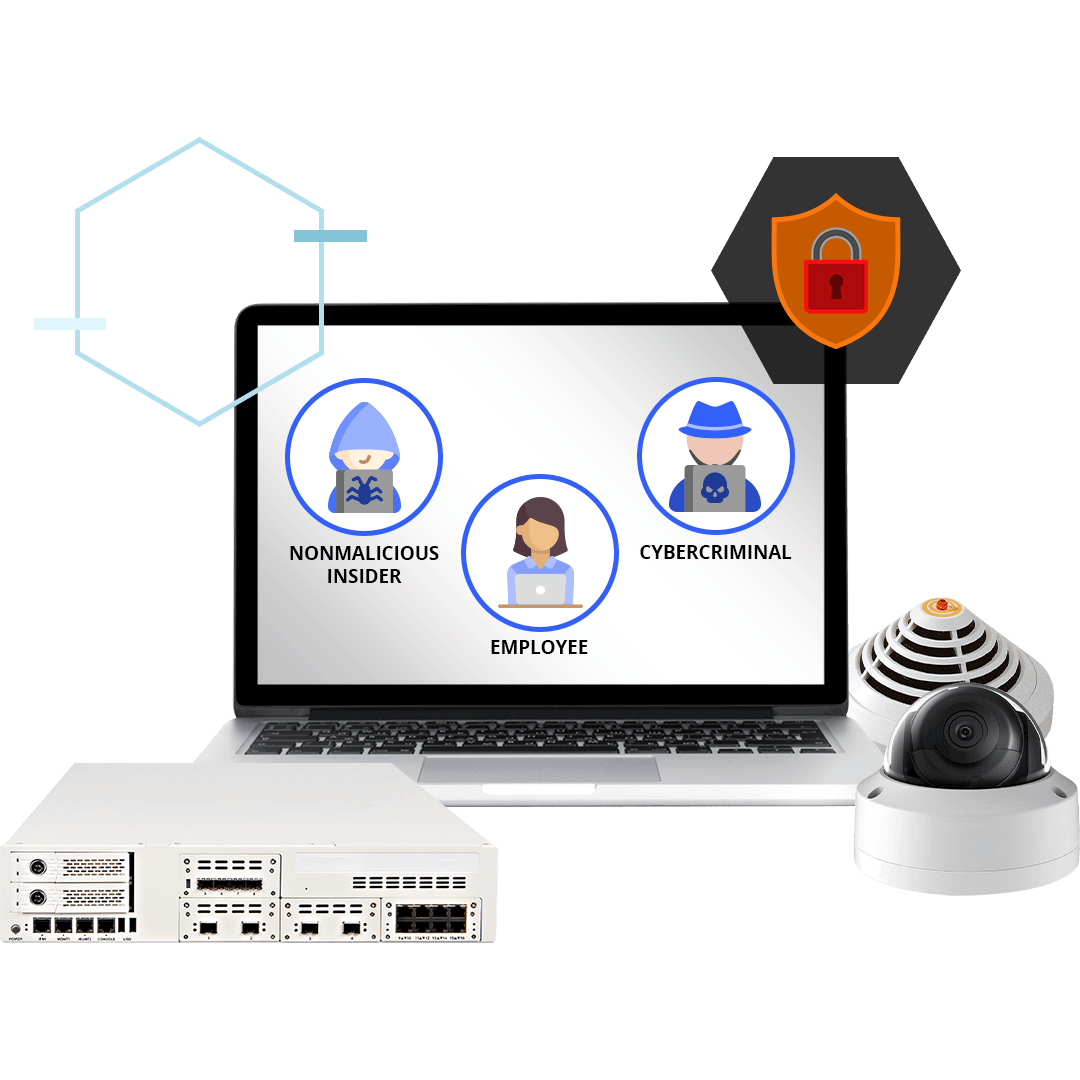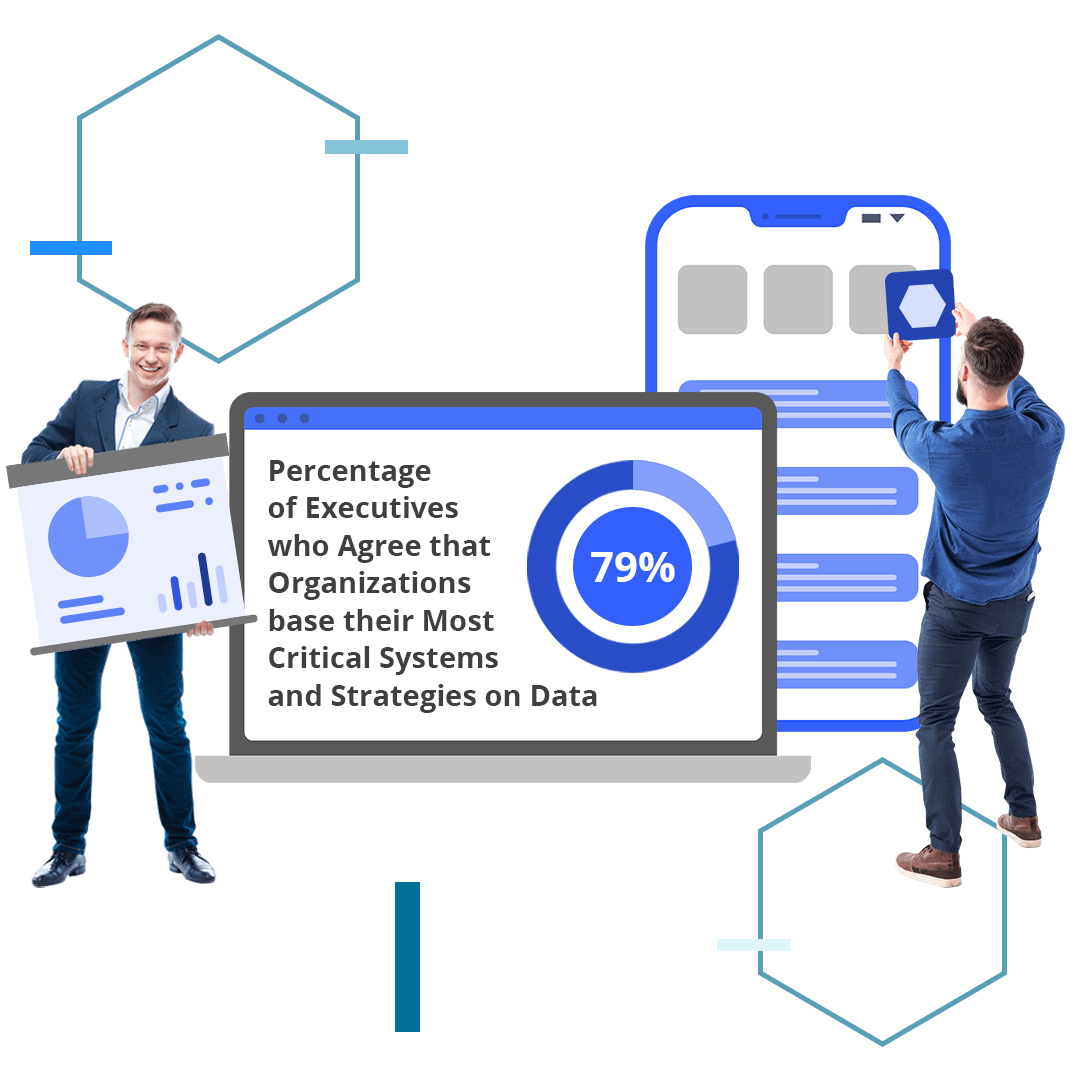Towards a
Digitally Transformed Workplace

As organizations are realizing the transformation brought about by Industry 4.0 technologies, the emphasis also shifted to enabling a digital workplace that allows them to quickly and easily adapt to the ever-changing business landscape. This evolution, however, must be deeply rooted in each organization’s digital transformation journey from setup, security, and expansion to optimization and sustainability.
Digital Workplace Framework

In developing the digital workplace strategy, the goal is to create an efficient and productive environment by enabling greater collaboration among employees, effective communication inside and outside the organization and reliable connectivity anytime and anywhere.

Setting Up For Success
For starters, organizations must plan for and establish a sound and reliable network infrastructure that enables everyone to connect to each other including outside stakeholders. This is made possible by new technology trends such as IoT and cloud computing already changing work dynamics. Gartner predicts that 11.2 billion IoT devices will be in smart buildings by 2021 providing sophisticated data analytics and improved user experiences.
Reliable Backbone
Moreover, organizations need to set up a dependable cabling infrastructure for faster and more efficient operations. Reliable fiber optics and data center solutions are gaining attention to ensure that everyone is connected to information at all times.

Future-proof Network
Network switching and routing remain important building blocks in the face of cloud computing and workforce mobility. Paired with advanced wireless functionality, the network is expected to facilitate day-to-day functions while being ready for the future.

Unified Communications
Unified Communications integrates and centralizes various platforms for the workforce to connect and collaborate leading to increased productivity and efficiency.
Managing Risks
After ensuring a sturdy network, businesses then need a combined and collaborated defense against physical and cyber threats from both inside and outside in order to focus on critical business functions. A recent study by ISACA found out that non-malicious insider is one of the top three threat actors for security breaches in 2018. (Hackers and cybercriminals being the other two)


Secure Network
The existence of Data Privacy and Cybersecurity laws reflects the need for companies to ensure that the highest level of protection is given to sensitive information. Therefore, network security should be integrated, preventive and responsive at the same time.

End-to-End Protection
On a physical level, enterprises must also implement a robust end-to-end security to contain vulnerabilities in the infrastructure supporting the digital workplace. With intelligent solutions in place, organizations can address business development while securing facilities and assets.

Seamless Expansion
Once a secured and agile network infrastructure is in place, organizations are empowered to start formulating strategies for growth using information gathered through the network. In 2018’s Mackenzie survey, 50% of companies reported that big data and analytics have fundamentally changed business practices in their sales and marketing functions.

Uniting the Digital Divide
Utilizing massive data available, the digital workplace’s ability to make intelligent decisions based on information is amplified. Through proper data management platforms, companies can now develop a cohesive strategy that encompasses physical and cyber environment.
Optimizing Performance
As new standards and technologies are making networks to go faster, organizations can manage network traffic according to their priorities without compromising user experience.


Monitoring and Analyzing
To optimize performance, the digital workplace relies on visibility architecture that enables them to monitor and analyze the right data at the right time.

Uninterrupted Power for Uninterrupted Growth
Now that business continuity becomes a critical success factor, more and more innovative and data-driven enterprises find creative ways to lessen the impact of power disruption on performance, business integrity, and security. In a Washington Post report, they found out that interruptions consume, on average, 238 minutes per day. In addition, the time to get started back up after an interruption consumes another 84 minutes a day.

Resilient and Secured Power System
A dependable power system plays a critical role as a countermeasure to various power problems such as power failures, surges and spikes, and distortions which gives businesses the peace of mind and resilience to keep going forward in innovating the way they operate.
Ready to Get Started?
Ready to
Get Started?
Connecting with MEC provides you with access to globally recognized technology brands and a range of premium value-added services.

